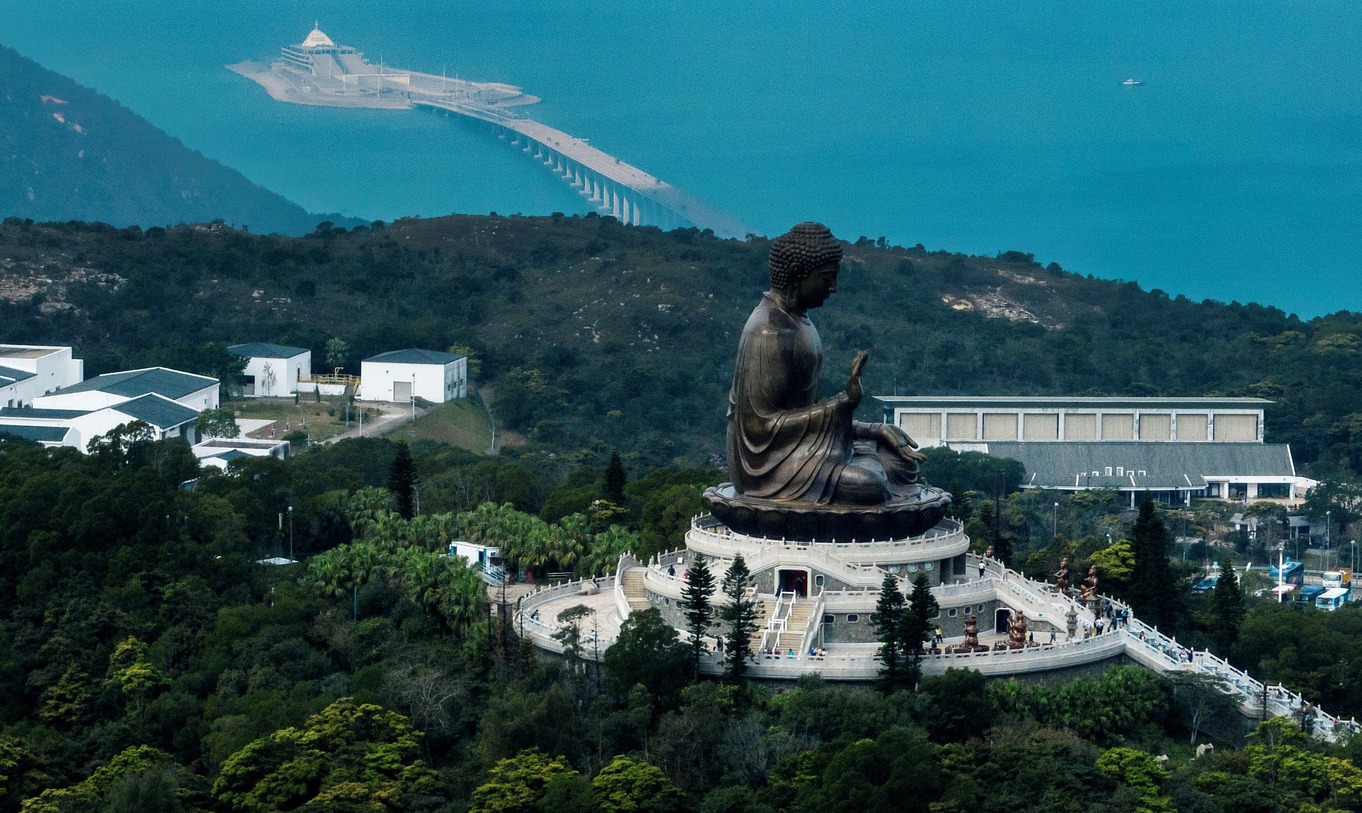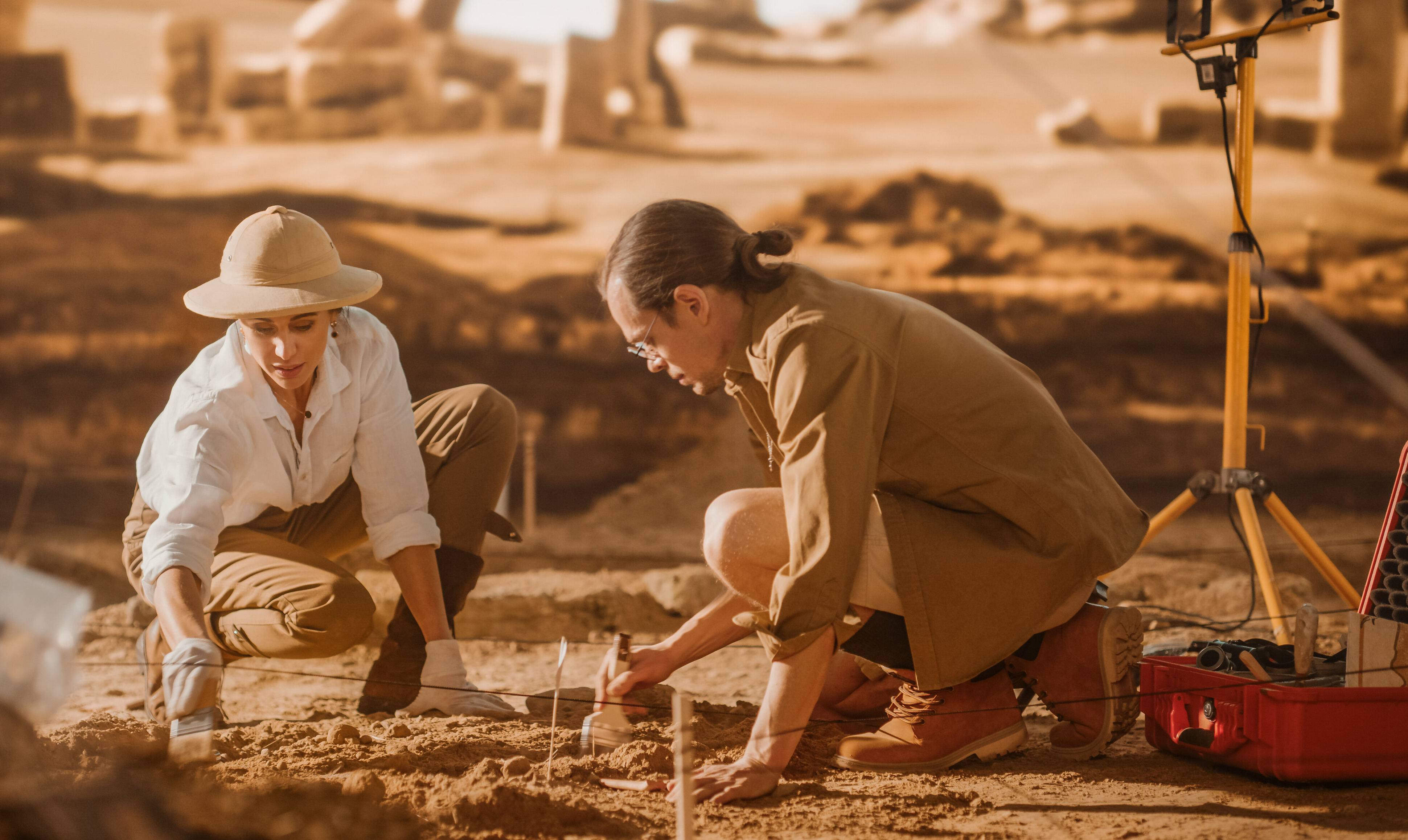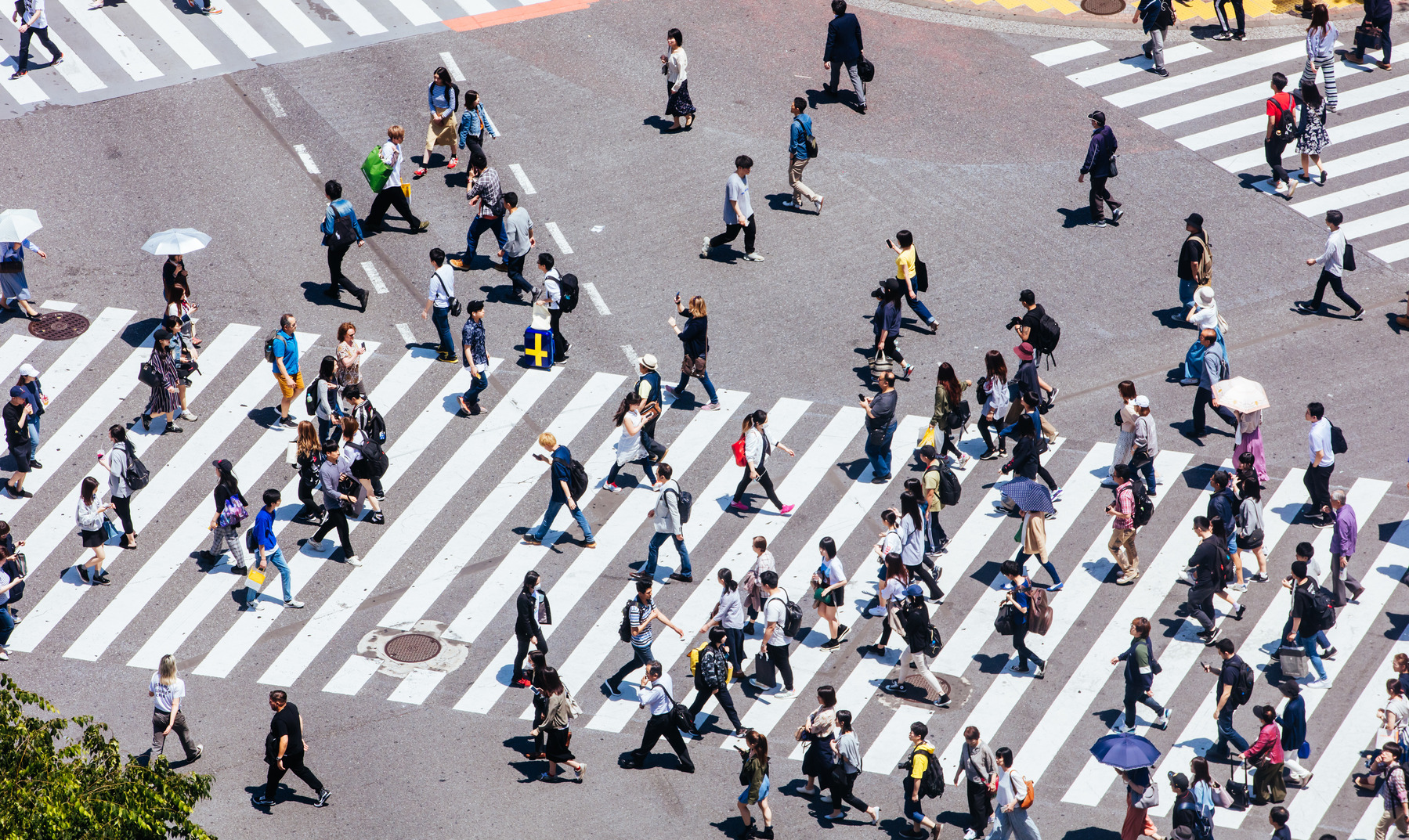"The 55-kilometer Hong Kong-Zhuhai-Macao Bridge represents a milestone in global infrastructure. In addition to connecting three major cities, it offers a tangible benefit to local people. The fact that people can travel that stretch of road in one hour instead of four is a big step forward in terms of efficiency and mobility. This improvement in significant travel time has a positive impact on the quality of life of the people involved. Recovering 3 hours per day thanks to this bridge, corresponding to 84 hours per month is a considerable gain in terms of leisure time and opportunities. The bridge is a concrete example of how infrastructure can transform a region, stimulate the economy and improve people's lives. It contributes to connectivity between cities and regions, promoting socio-economic development. Moreover, its construction required advanced technologies and innovative solutions, demonstrating the importance of innovation in the field of infrastructure," said Stefano Guindani, photographer and curator of the BG4SDGs - Time to Change project.
Among the subjects framed, the 55km-long Hong Kong Zhuhai-Macao Bridge stands out, making it the most impressive in the world not only in length, but also in innovation given the scale and layout of the sea tunnel. The work has united two major economies in Southeast Asia by bringing spaces and opportunities closer together amid the satisfaction of the millions of inhabitants in the area.
 Stefano Guindani, fotografo
Stefano Guindani, fotografo



/original/BG4SDGS+Talks+%281%29.png)

